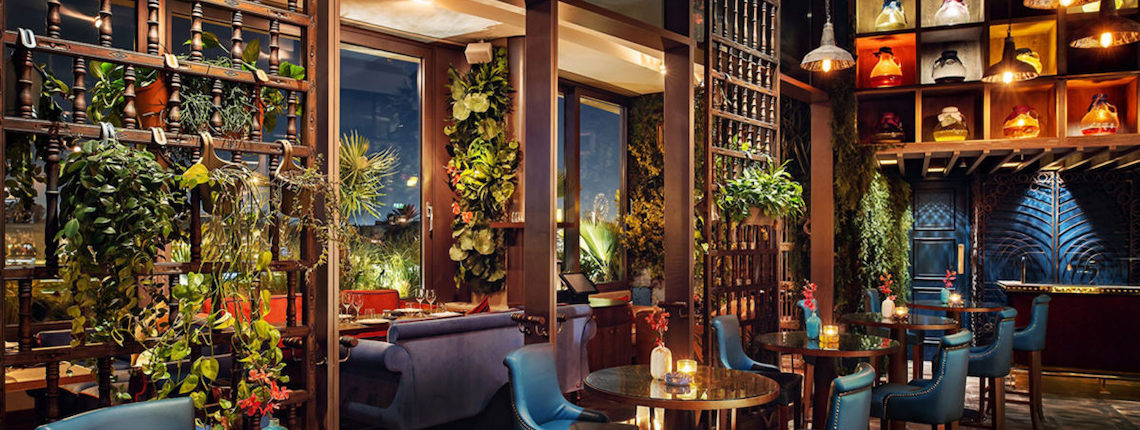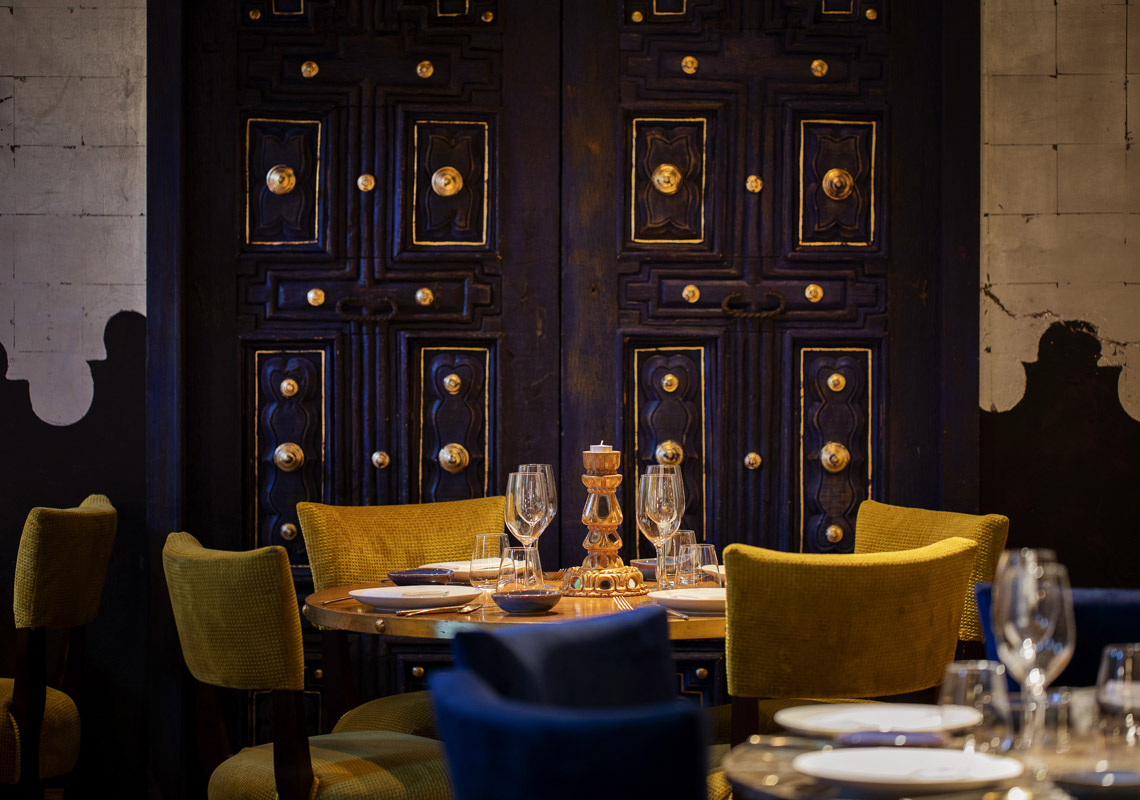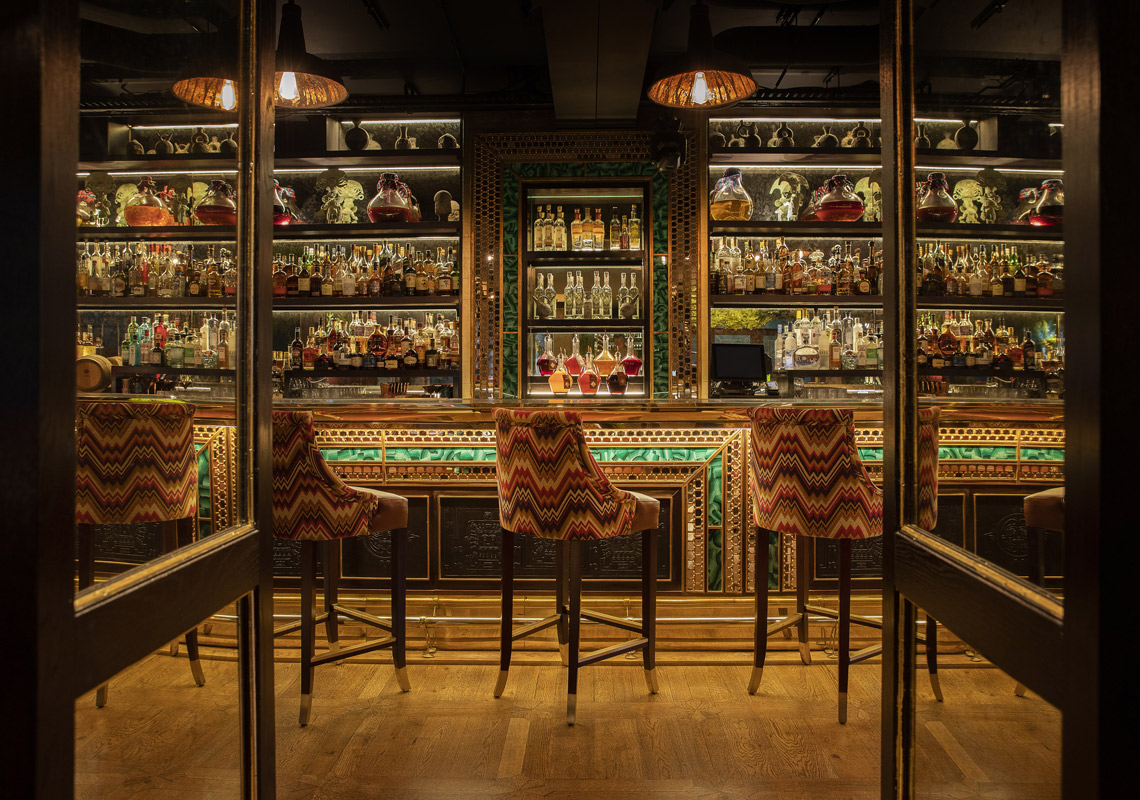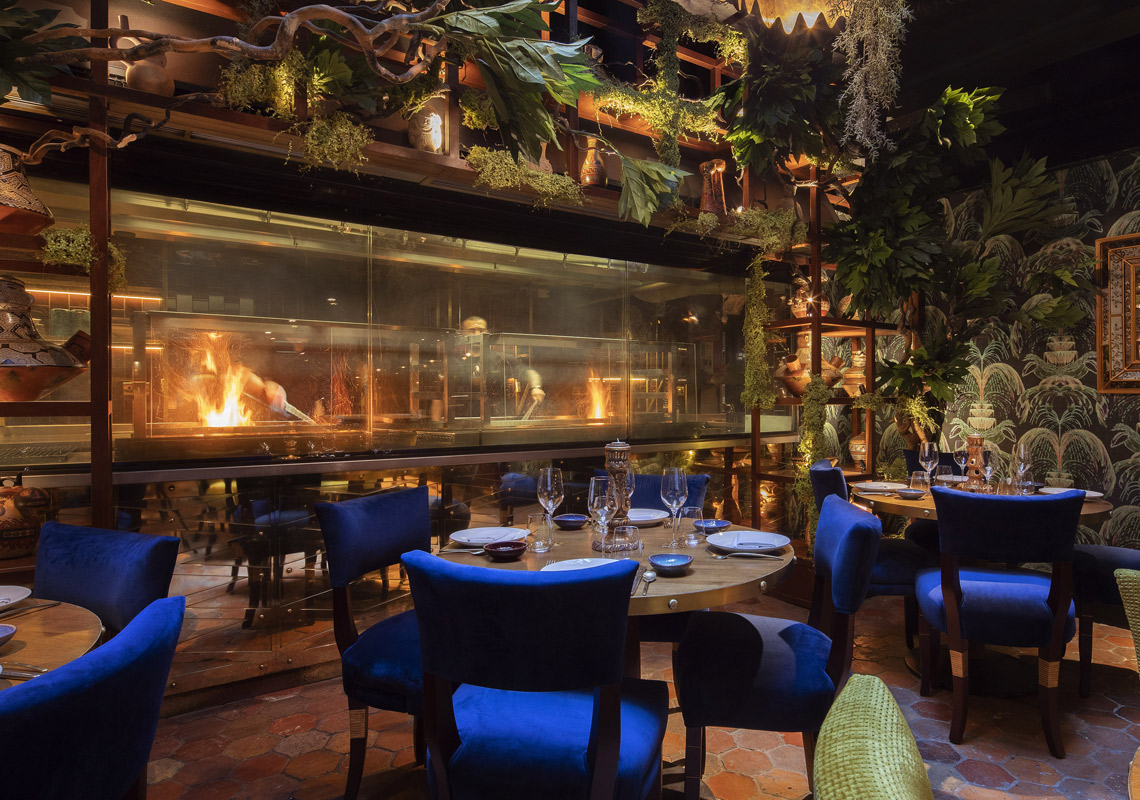

In a competitive market, it is more important than ever to stand out from the crowd. First impressions really do count and a good restaurant lighting scheme is crucial to this.
As with most lighting schemes, the balance between ambient, task and accent lighting is key. Lighting a canteen or ‘fast food’ outlet requires a very different approach to a fine dining outlet.
Restaurants with a quick turnover and high foot fall require higher levels of ambient light. Typically, an average maintained illuminance of 300 lux with colour temperature around 3000k or 4000k (neutral / warm white) See our colour temperature blog here for more information).
Light levels – How much light is required?
Colour temperature – What colour temperature to choose for restaurant light sources?
Colour rendering – What is colour rendering and what CRI to use in the restaurant?
Lighting control – How is the restaurant lighting controlled?

For a lot of restaurants, intimacy and cosiness are the order of the day, dramatic lighting is crucial and ambient light should be kept to a minimum, or removed completely. Accent light, where interplay between light and dark creates pockets of interest, should reveal materials, texture, highlight artwork and architectural details.
Shadows are arguable more important than light, particularly in a restaurant. Pools of light help to create intimacy. Horizontal linear washes of light will create connotations of sunsets that help to create a relaxing atmosphere. Decorative wall lights and feature pendants help to focus attention, reinforce branding, and create a narrative.
Dining by candle light is terribly romantic. The flicker and warmth of a candle is hard to replicate, so we advocate the liberal use of candles when possible. With candle light, colour temperatures of artificial light should be very warm. At the highest 2700k (very warm white), but we often use 2400k and 2200k sources.

Colour rendering is crucial. Not all light sources are made equally, some render colours much better than others. Food should look appetising, and literally be shown in the best possible light. A CRI of >90 is excellent and the minimum you should consider. Generally, we opt for a CRI >95. Our blog on CRI has more information about this.
Lighting control is the final key element for a successful restaurant lighting scheme. Control systems don’t have to be expensive and should be a top priority. Restaurants generally need 4 lighting scenes – ‘day’, ‘dusk’, ‘night’ and ‘late’. As day turns to night, dimming down lighting helps to soften the focus within a room and crank up the atmosphere. The transition time between light scenes is also important. With a good control system it is possible to lengthen the transition times between lighting scenes to around 30 seconds, so the change is unnoticeable to the diners.

When it comes to interior layout, there are three important points to consider, light levels, glare, and flexibility. Clearly it is paramount that diners can see what they are eating and read what is on the menu, but many restaurants are greatly over lit. Do not be afraid to go with levels of 20 lux or below (5 lux during the ‘late’ night scene). Locate or shield light sources to minimise glare (reflected light from glossy finishes can be a particular problem). Table layout can change an awful lot, a flexible approach with restaurant lighting is a significant consideration. Adjustable fittings, 5amp sockets, and lighting track with spots are good options to provide this flexibility.
The view from the exterior is crucial to stand out from the crowd, and pull customers in through the doors. Think of the view through a window like a stage. Foreground, middle ground and background lighting are all for consideration.
Open kitchens are a focal point in a restaurant. Chefs need plenty of task light, but it is worth considering how the two spaces interact with one another. A common issue is incredibly bright kitchens that flood restaurants with light, encroaching on the ambience and intimacy of the dining areas. A successful open kitchen is lit to 350lux, with a warm 3000k light providing limited light spill into the main restaurant areas.

Finally, with LED’s lasting so long (circa 50,000 hours) it is wise to be careful when following design trends, that could date within a few years. Over recent years we have seen particular products flood the restaurant design scene, which are now so common they have become humdrum and clichéd.
Restaurant lighting has so many elements and layers to consider, and paying attention to the details will pay off.